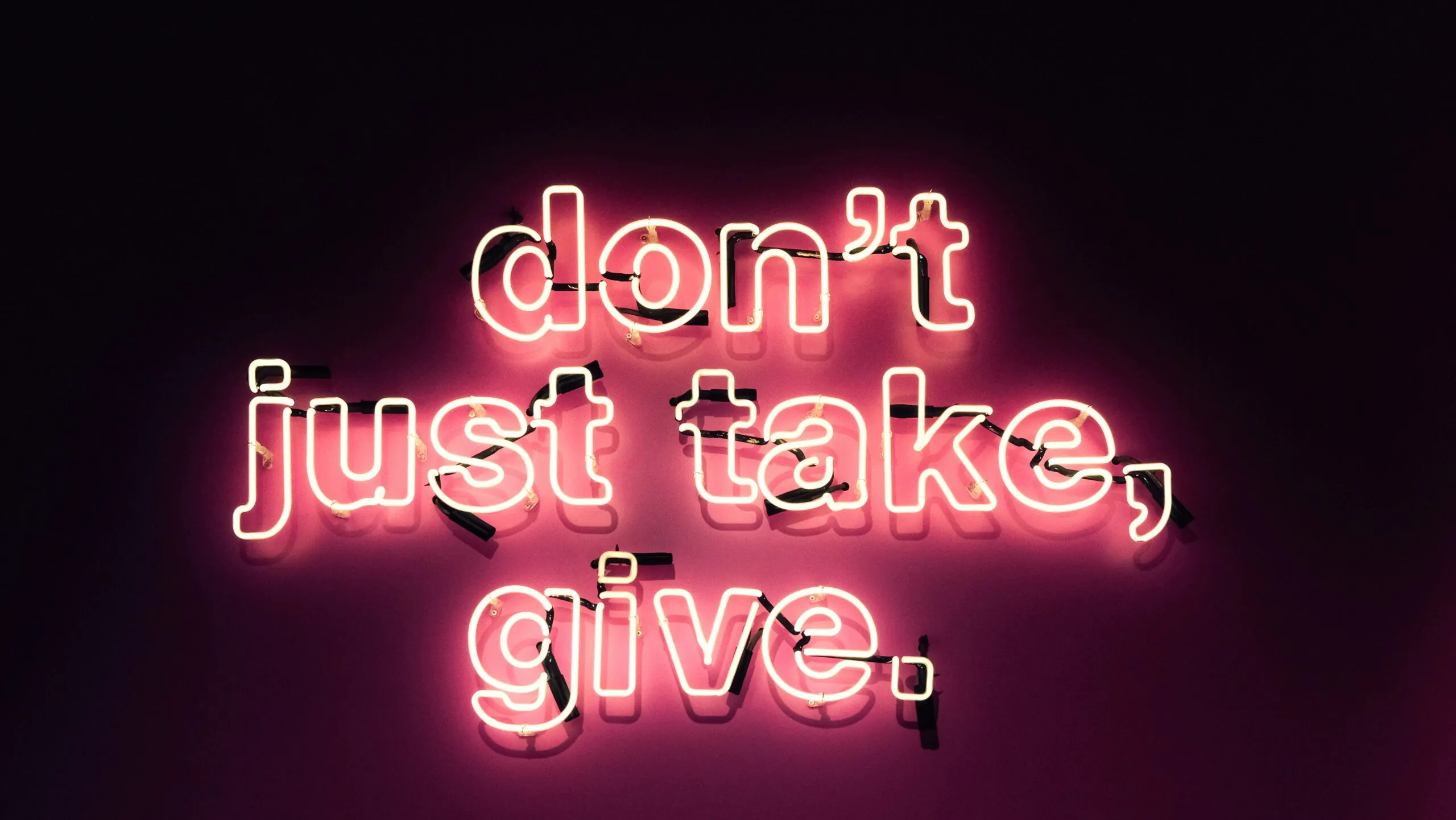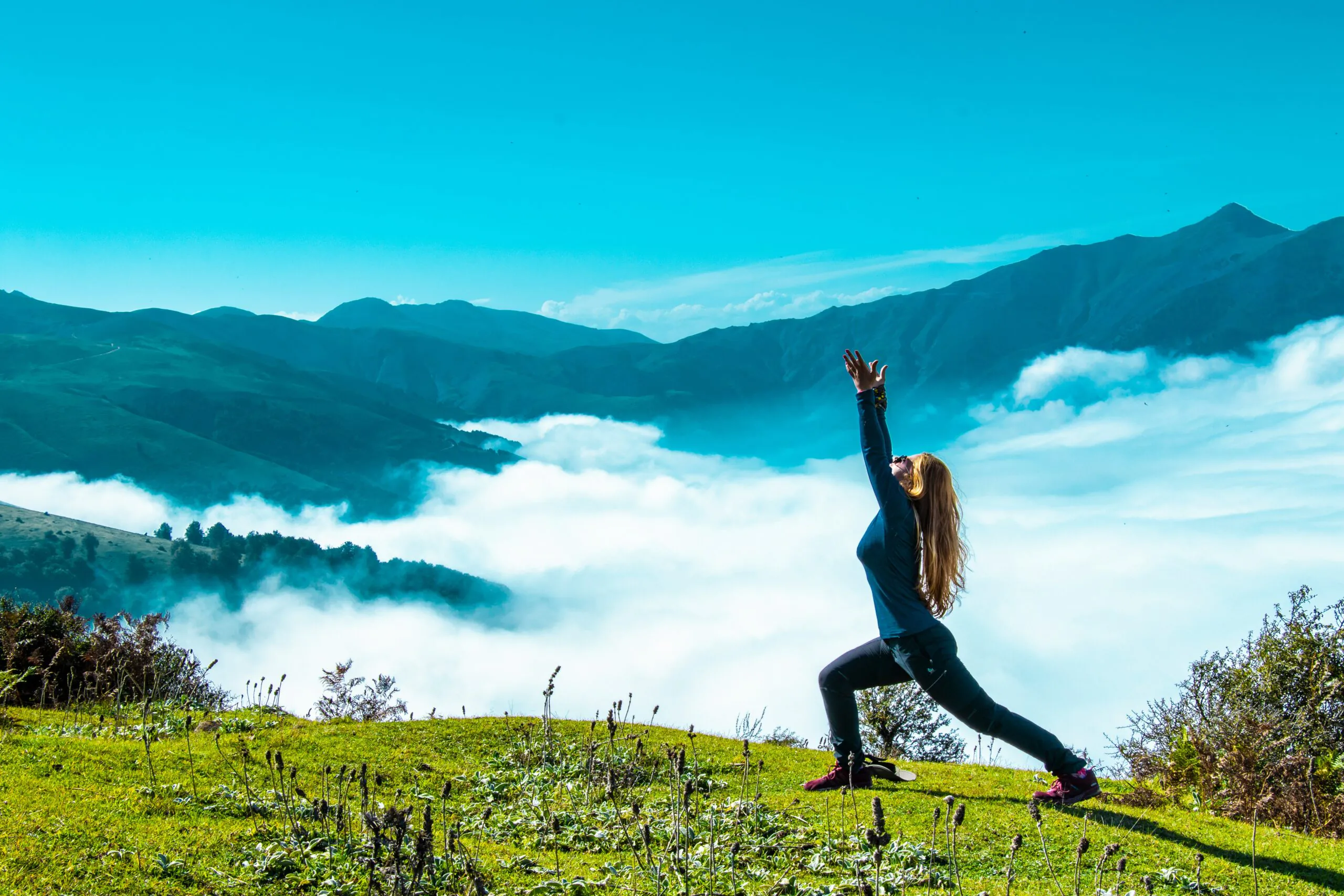Dealing with Digital Nomad Anxiety and Uncertainty
The reality of digital nomad life differs dramatically from its popular portrayal. Behind the freedom to work from anywhere lies a set of significant psychological and practical challenges that rarely make it into social media posts. Digital nomad anxiety is real and common, stemming from consistent uncertainty across multiple life domains.
Most long-term digital nomads will tell you that the lifestyle’s most underreported aspect is the mental toll of continuous adaptation. Financial insecurity, professional isolation, and constant decision-making about basic life logistics create genuine stress that requires intentional management strategies. While the lifestyle offers unique opportunities for personal and professional growth, acknowledging its inherent difficulties is essential for sustainable success.
The Hidden Challenges Behind the Postcard Life
Financial Rollercoasters: When Income Becomes Unpredictable
Perhaps the most visceral anxiety trigger for digital nomads is financial instability. Unlike the predictable rhythm of a biweekly paycheck, many nomads juggle freelance projects, contract work, or online businesses – all of which can fluctuate dramatically from month to month.
One week you’re celebrating a major client win, the next you’re frantically refreshing your inbox as a payment deadline passes. This financial seesaw effect can trigger profound anxiety, even for the most experienced nomads.
Anxiety-busting strategy: Build a financial buffer before embarking on your nomadic journey – aim for at least 3-6 months of living expenses. Consider tools like Wave or FreshBooks to manage invoicing and track income streams. Remember that diversification isn’t just investment advice; having multiple income sources creates a safety net when one project unexpectedly stalls.
The Perpetual First Day: Navigating Constant Change
Every nomad knows that peculiar feeling – walking into a new apartment, deciphering yet another transit system, or hunting for reliable WiFi in an unfamiliar neighborhood. While this constant novelty fuels excitement, it also demands tremendous mental energy.
Your brain is perpetually processing new information, from figuring out where to buy groceries to understanding cultural norms. This cognitive overload can leave even seasoned travelers feeling mentally exhausted and anxious as basic tasks require deliberate thought rather than comfortable routine.
Anxiety-busting strategy: Create portable rituals that travel with you. Whether it’s a morning meditation, evening journaling, or a specific work setup routine, these constant elements provide psychological anchors amid changing surroundings. I’ve found that unpacking my laptop stand, external keyboard, and favorite mug first thing creates a sense of continuity no matter where I land.
The Paradox of Connection: Fighting Isolation While Constantly Moving
“You’ll make friends everywhere!” is common advice for aspiring nomads. While partially true – the nomad community is wonderfully welcoming – building meaningful connections takes time, something constantly moving travelers have in short supply.
The result? Many nomads experience a peculiar paradox: surrounded by interesting people yet feeling profoundly lonely. This social disconnection can amplify anxiety, especially during challenging times when you crave familiar support systems.
Anxiety-busting strategy: Proactively seek community, both digital and physical. Platforms like Nomad List and Meetup can connect you with fellow location-independent workers. Coworking spaces often host events specifically for digital nomads. For deeper connections, consider staying in locations for longer periods – a month or more allows relationships to develop beyond surface-level interactions.

Practical Mental Wellness Tactics for the Nomadic Life
Embracing Imperfection: The Power of Flexible Structure
The nomad lifestyle exists in the tension between structure and spontaneity. Too rigid, and you miss the magic of unexpected adventures; too loose, and anxiety flourishes in the chaos.
Finding your personal balance requires experimentation, but a flexible framework can provide stability without sacrificing freedom. Think of it as creating a supportive scaffolding rather than constraining walls.
For me, this means maintaining consistent work hours (9am-2pm most days) while leaving afternoons open for exploration or serendipitous opportunities. I also plan accommodations and workspaces a month ahead but allow flexibility for extending stays in places that resonate.
The Nomad’s Self-Care Toolkit: Beyond Basic Wellness
Self-care takes on heightened importance when navigating nomadic anxiety. Beyond the essentials of sleep, nutrition, and exercise, consider developing a personalized toolkit of stress-management techniques that work anywhere in the world.
Some practical elements to include:
- Physical grounding practices: Quick exercises that reconnect you with your body when anxiety spikes (try the 5-4-3-2-1 sensory technique: identify 5 things you see, 4 things you feel, 3 things you hear, 2 things you smell, and 1 thing you taste)
- Digital boundaries: Clear distinctions between work and personal time, perhaps using separate apps or browser profiles
- Nature immersion: Regular contact with natural environments has proven anxiety-reducing effects
- Creative outlets: Activities that engage different parts of your brain than work tasks
The Technology of Calm: Digital Tools for Nomad Mental Health
Technology enables the nomadic lifestyle, and it can also support your mental well-being on the road. Consider these digital allies:
- Therapy on the move: Services like BetterHelp or Talkspace provide access to licensed therapists regardless of location
- Mindfulness apps: Headspace and Calm offer structured meditation practices and sleep support
- Community platforms: Digital Nomad Girls and Nomad List foster connection and reduce isolation
- Journaling tools: Apps like Day One or Journey help process experiences and track emotional patterns
Reframing the Nomadic Journey: From Anxiety to Growth
Perhaps the most powerful shift comes from reframing how we view the challenges of nomadic life. What initially triggers anxiety – constant change, unfamiliar situations, self-reliance – can become catalysts for profound personal development.
Each successful navigation of a new transit system builds confidence. Every language barrier overcome develops patience. The moments of loneliness can deepen self-awareness and appreciation for meaningful connection.
This doesn’t mean ignoring or suppressing anxiety. Rather, it’s about acknowledging these feelings while recognizing that discomfort often accompanies growth. The situations that challenge us most frequently teach us the most valuable lessons.
Embracing the Nomadic Path, Uncertainty and All
The digital nomad lifestyle isn’t about escaping real life – it’s about embracing a different way of living with its unique joys and challenges. By acknowledging and preparing for the anxiety that can accompany location independence, you’re setting yourself up for a more sustainable and fulfilling journey.
Remember that occasional anxiety doesn’t mean you’re “failing” at being a nomad or that this lifestyle isn’t right for you. It simply means you’re human, navigating a complex and sometimes challenging way of living.
Implement the strategies that resonate with you, reach out for support when needed, and celebrate your resilience in choosing an unconventional path. The road may have unexpected bumps, but with the right mindset and tools, the nomadic journey offers unparalleled opportunities for adventure, growth, and discovery – both of the world and yourself.
What strategies have helped you manage uncertainty as a digital nomad? Share your experiences in the comments below!













